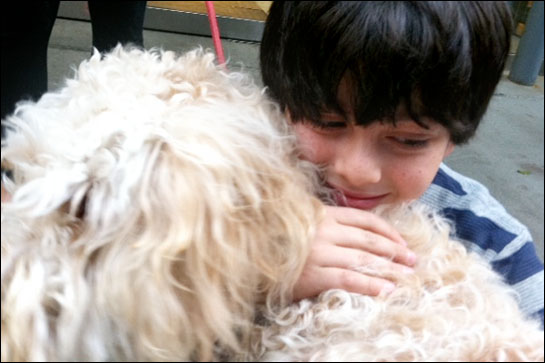
I was in low track math. I remember when I realized it. I was in the front row, on the far right, and did not understand anything going on in algebra class. We had a tiered system in our school. I was in the highest track for most classes, and the lowest track for math. I remember wondering what the school would do with me when they realized that I couldn’t even keep up in dumb-kid math.
Amazingly, after that, I was moved up for geometry, into a higher track, presumably because in a class of 1500 students, I was in the top 10%, but I was in special ed math. Something was wrong.
But something was really wrong in geometry. I was so lost that I still have nightmares about walking into class and having no idea what people are talking about.
I never needed math again until I founded my first start-up. The guy who funded it hired a CFO-type person to show me how to build financial models. Using algebraic thinking. I realized that not only was he assuming I knew how to do math, but he was assuming I knew how to use Excel. So I hired a college student to teach me how to use Excel.
Excel is amazing. It taught me how to think algebraically. And as I got better at Excel, the formulas showed me how to think in terms of possibilities, and the columns and rows taught me how to look for patterns in business models to evaluate feasibility.
I’ve founded three start-ups and each time, my Excel skills have improved because it’s fun for me. I love building financial models, and in my last company I put an investment banker on my advisory board specifically so he could help me get better at using Excel.
So I am starting to believe the people who say that kids learn math when they need to know math. I’m believing the people who tell me that it’s okay that my son can’t do long division. My son has a goat business. It’s time to get the goats pregnant, and he can’t pay to rent a boy goat until he can figure out how much money he needs left over to feed the moms and the babies over the winter. So I know that somehow, he’s going to learn math this fall.






